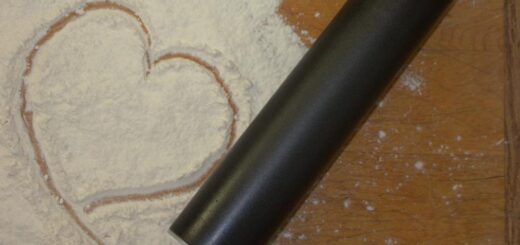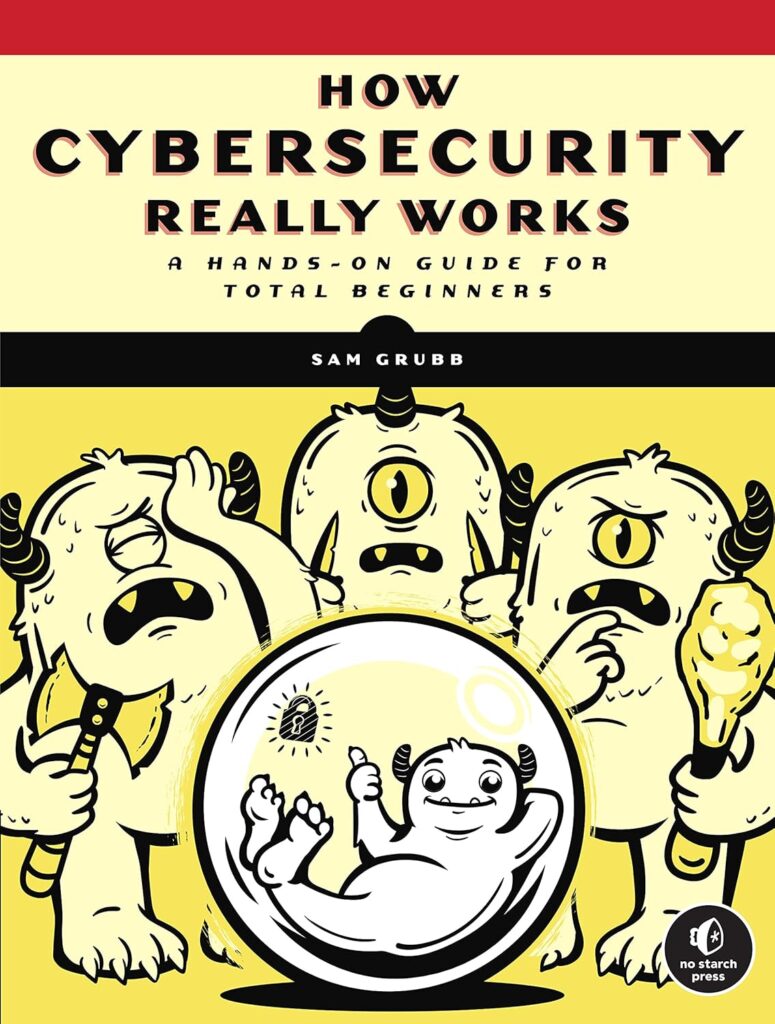Discriminant Analysis in R
Discriminant Analysis in R, Sensory discrimination tests are essential tools in food science, product development, and consumer research.
Whether you’re comparing flavors, textures, or aromas, discriminant analysis in R helps determine if a perceptible difference exists between samples.
This guide walks you through the most popular sensory protocols and how to implement them using R.
🧪 What Is Sensory Discrimination Analysis?
Sensory discrimination analysis aims to answer a simple but powerful question: Can people detect a meaningful difference between two or more products?
Using structured tests and statistical models, researchers can quantify sensory differences and validate product changes with confidence.
📊 Discrimination Test Methods in R
Each method below uses the discrim() function in R to calculate scores and p-values. Here’s how they work:
1️⃣ Triangle Test
- Setup: Panelists receive three samples—two identical, one different.
- Goal: Identify the odd one out.
- R Code:r
discrim(10, 15, method = "triangle", statistic = "score", conf.level = 0.90)
2️⃣ Duo-Trio Test
- Setup: One reference sample and two coded samples.
- Goal: Match the coded sample to the reference.
- Ideal Panel Size: 32+ for reliable results.
- R Code:r
discrim(10, 15, method = "duotrio", statistic = "score", conf.level = 0.90)
3️⃣ Tetrad Test
- Setup: Four samples—two from each product.
- Goal: Group samples by similarity.
- Advantage: Requires fewer panelists.
- R Code:r
discrim(10, 15, method = "tetrad", statistic = "score", conf.level = 0.90)
4️⃣ Two-Out-of-Five Test
- Setup: Five samples—three alike, two alike.
- Goal: Identify the pair.
- R Code:r
discrim(10, 15, method = "twofive", statistic = "score", conf.level = 0.90)
5️⃣ 2-AFC (Two-Alternative Forced Choice)
- Setup: Two samples presented.
- Goal: Choose the one with higher intensity of a specific attribute.
- R Code:r
discrim(10, 15, method = "twoAFC", statistic = "score", conf.level = 0.90)
6️⃣ 3-AFC (Three-Alternative Forced Choice)
- Setup: Three samples—two similar, one different.
- Goal: Identify the sample with the highest intensity.
- R Code:r
discrim(10, 15, method = "threAFC", statistic = "score", conf.level = 0.90)
📈 Why Use R for Sensory Analysis?
R offers:
- Precision: Accurate p-value and confidence interval calculations.
- Flexibility: Multiple test protocols in one function.
- Reproducibility: Scripted workflows for consistent results.
🧠 Final Thoughts
Whether you’re testing chocolate flavors, shampoo textures, or perfume notes, discriminant analysis in R empowers you to make data-driven decisions.
Choose the right sensory protocol, run your analysis, and interpret results with confidence.





I’ve been absent for some time, but now I remember why I used to love this blog. Thanks , I will try and check back more frequently. How frequently you update your site?
Thanks for your marvelous posting! I definitely enjoyed reading it, you can be
a great author. I will remember to bookmark your blog and may
come back in the foreseeable future. I want to
encourage you to continue your great writing, have a nice evening!
Thank You
If you are going for finest contents like myself, just visit this
site everyday as it provides quality contents, thanks
My spouse and I stumbled over here coming from a different page and thought I
should check things out. I like what I see so now i’m following you.
Look forward to looking at your web page repeatedly.
It’s appropriate time to make a few plans for the long run and it’s
time to be happy. I’ve learn this submit and if I may I want to
counsel you few interesting things or advice.
Maybe you could write next articles relating to this article.
I desire to learn more things about it!